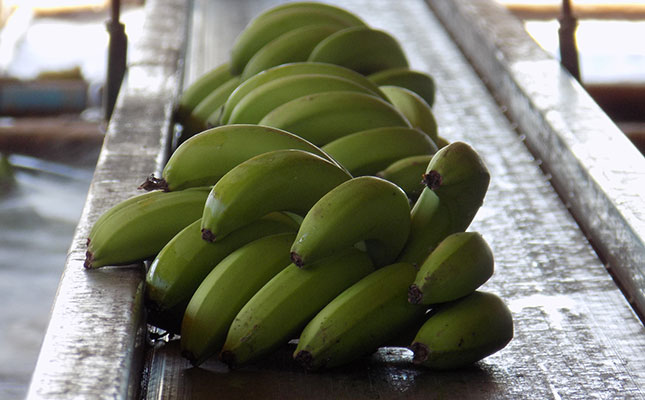
Photo: Annelie Coleman
The post-harvest loss (PHL) of food was a serious cause for concern worldwide, particularly in Africa. Globally, approximately 1,3 billion tons of food produced for human consumption were lost every year after harvesting.
Extreme losses of between 45% and 50% were reported in Africa and Asia respectively, according to Manoshi Mothapo, researcher at the Agricultural Research Council’s Natural Resources and Engineering Institute.
“In Limpopo, 50% of the mangoes, bananas, oranges and papaws produced by smallholder farmers and sold by street vendors are currently lost after harvesting. In Kwazulu-Natal, the loss of tomatoes was reported at 76,6%. PHL is defined as the portion of fruit and vegetables produced that does not reach consumers due to quality and quantity deterioration,” Mothapo told Farmer’s Weekly.
She said the global population was expected to reach 9,7 billion by 2050 and would require a 60% increase in food production, coupled with more equitable access. More than 815 million people worldwide are chronically undernourished, especially in parts of sub-Saharan Africa and South Asia, where 22,8% and 14,7% of the overall population respectively was undernourished.
According to Mothapo, the highest PHLs reported in the fresh produce sector were for fruit and vegetables as well as root vegetables and tubers.
PHLs in developing countries such as South Africa were ascribed to poor food handling and post-harvest storage technologies. Given its substantial scale, reducing PHL would help to create more sustainable and resilient food systems, and reduce greenhouse gas emissions.
PHL reduction could simultaneously optimise agricultural productivity and increase the incomes of small-scale food producers and associated value chain players, especially women, who were traditionally responsible for many post-harvest activities.
According to the Food and Agriculture Organization of the United Nations (FAO), while the world produced enough food to feed its human population, nearly one-third of this food was lost or wasted every year.
In Africa, the vast majority of food loss occurred in the early stages of the food value chain, mainly due to financial, managerial and technical constraints in harvesting and handling techniques, as well as storage and cooling facilities.













